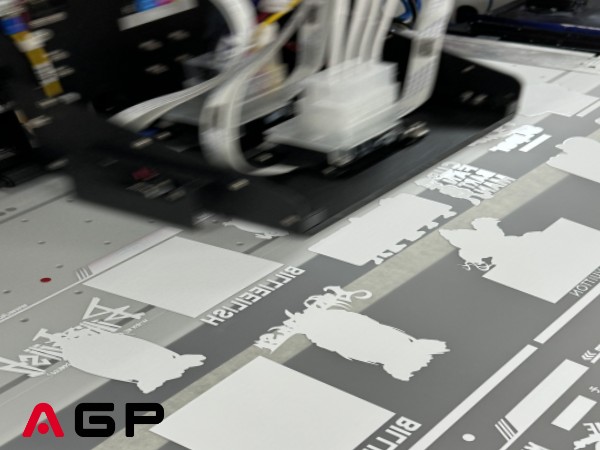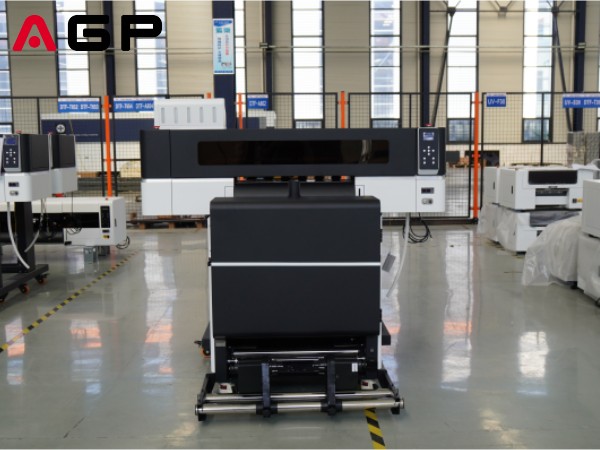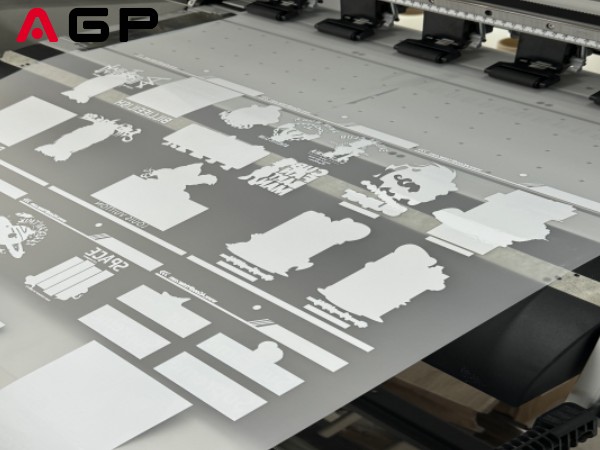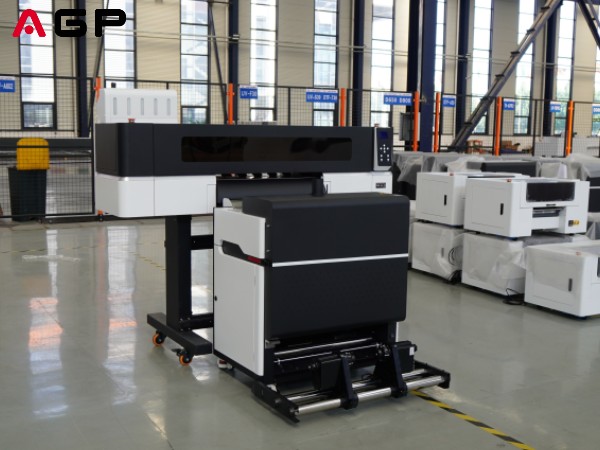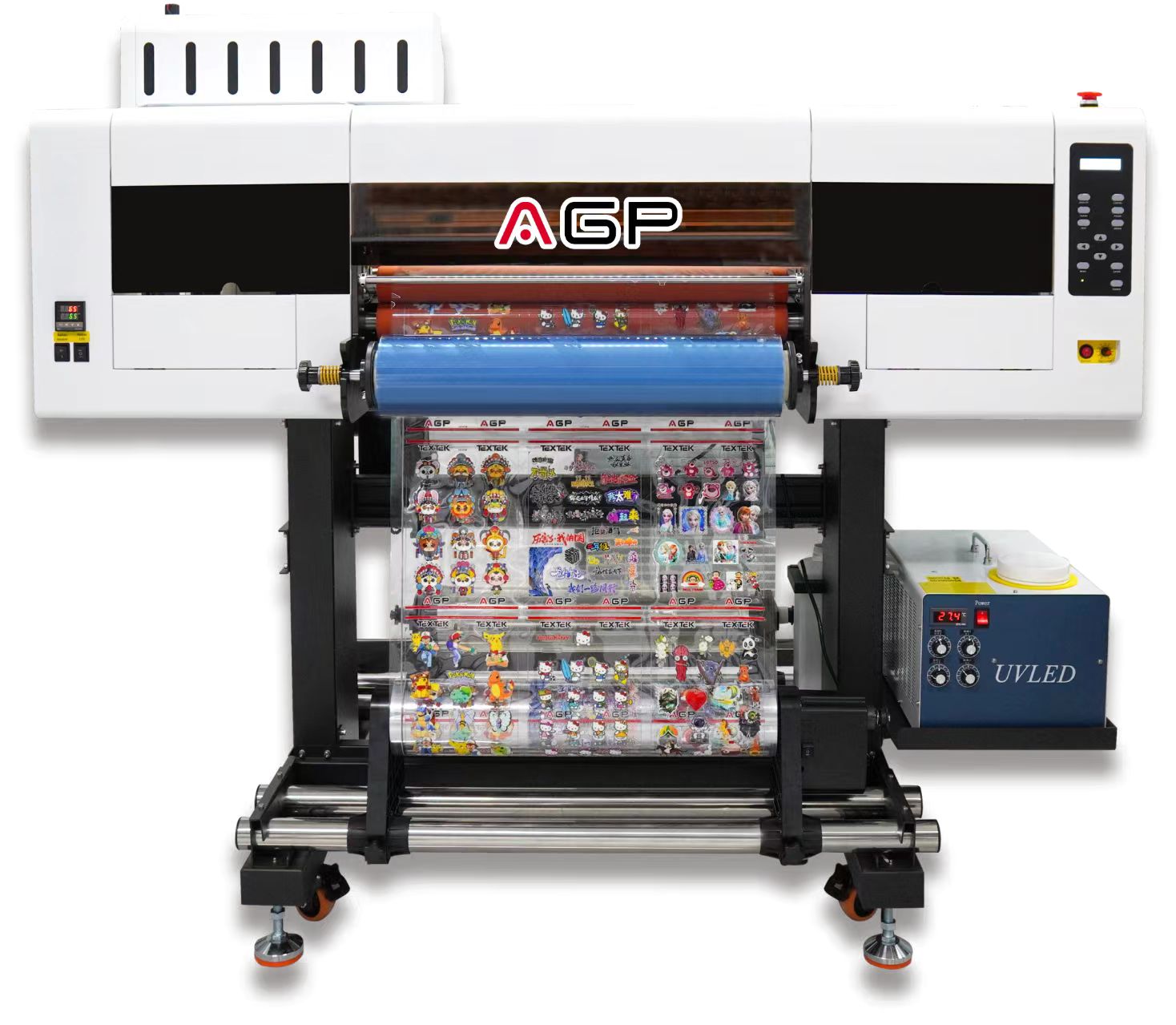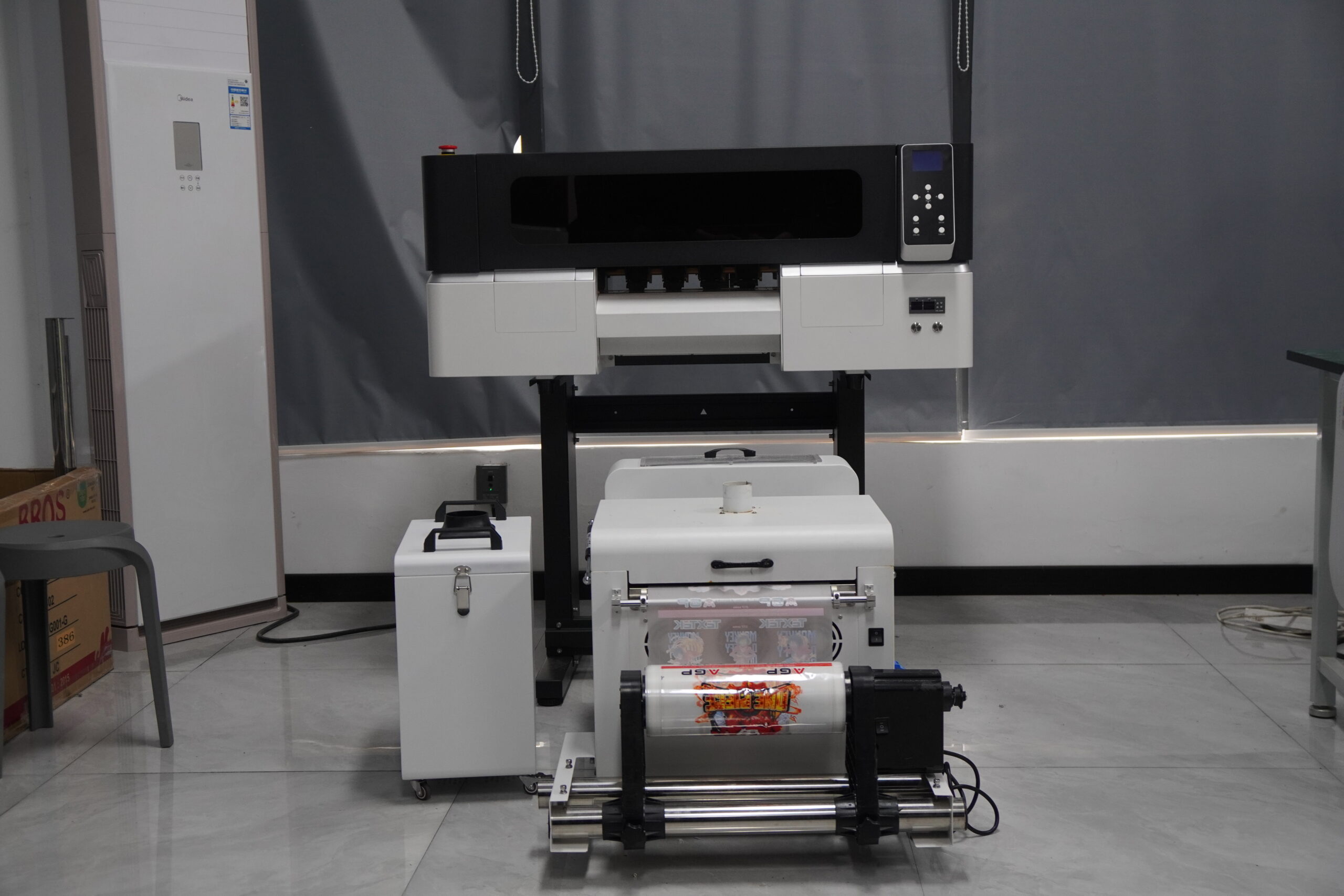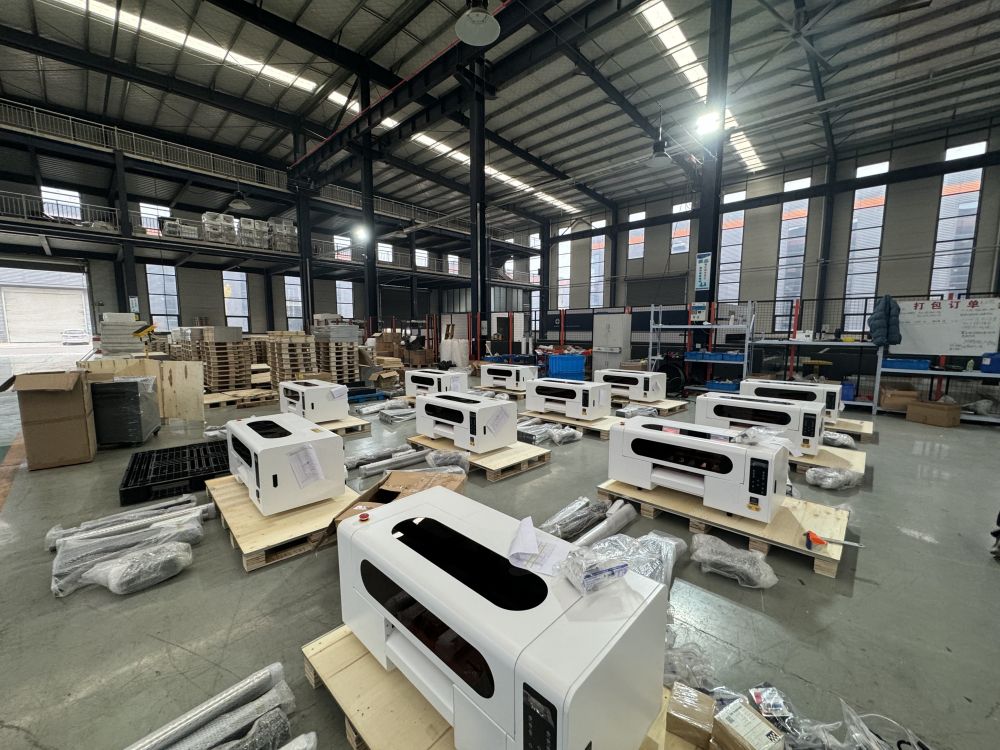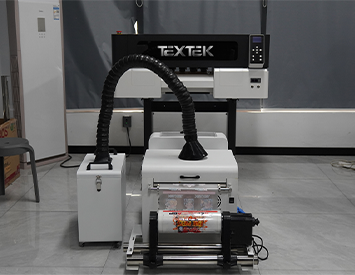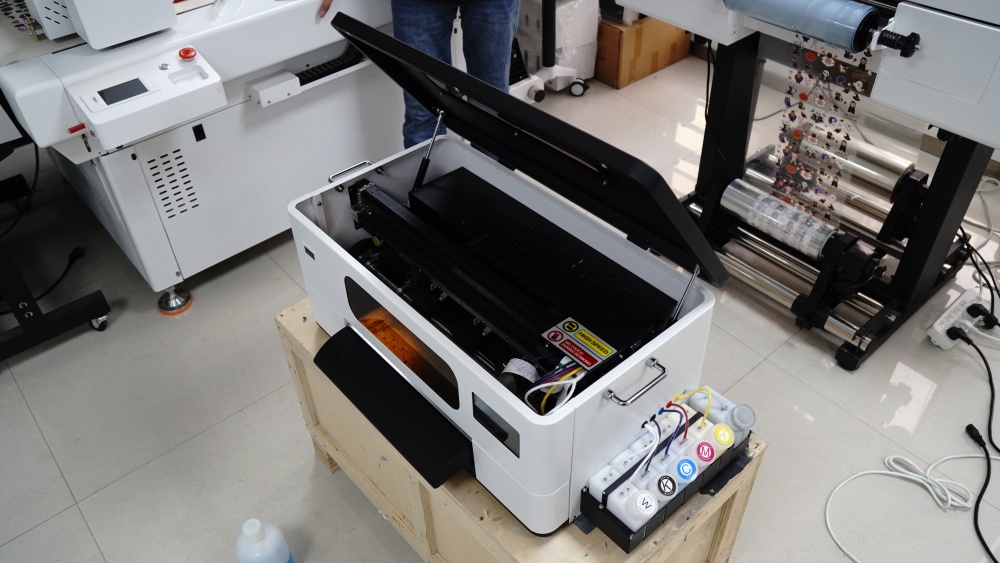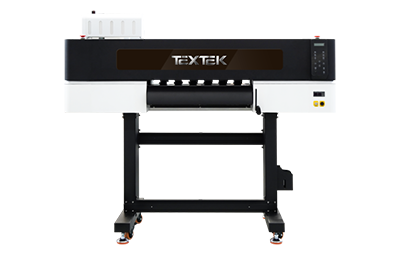The reason why bubbles appear in DTF patterns during hot stamping
There are three issues that need to be paid attention to when transferring DTF heat transfer patterns. The first is temperature, the second is time, and the third is voltage. If these three points are not well controlled, it is easy to cause a series of problems in the transfer process. According to our statistics, most customers generally choose hot tear hot stamping, and the most common problem of hot tear transfer is the generation of bubbles.
There are three issues that need to be paid attention to when transferring DTF heat transfer patterns. The first is temperature, the second is time, and the third is voltage. If these three points are not well controlled, it is easy to cause a series of problems in the transfer process. According to our statistics, most customers generally choose hot tear hot stamping, and the most common problem of hot tear transfer is the generation of bubbles.
How to avoid the generation of bubbles? Let’s learn about it together.
When the DTF heat transfer pattern has bubbles during transfer, many people will first think that it is a problem of the pressing temperature. Temperature is generally the key factor of bubbles. Too high a temperature may burn the heat map and produce certain bubbles. If the temperature is slightly higher, bubbles will inevitably appear on the hot stamping film. But if the temperature is too low, the hot melt powder of the DTF film will not melt completely, resulting in a decrease in the fastness and adhesive strength of the hot stamping film. Therefore, we generally control the temperature at around 120 degrees, which can significantly change the foaming phenomenon compared to hot tearing and hot stamping.
There is also the issue of hot stamping pressure, which is also difficult to control, because for the control of pressure, the general machine does not have a pressure indicator display, and it can only be done by personal feeling and experience.
Generally speaking, we only need moderate pressure, because too high pressure will press out the texture of the material, and too low pressure will make the printing unstable. In short, pressure is also a key factor affecting our hot stamping. If the transfer hot stamping pressure is moderate, there will be no bubbles.
Finally, the time for hot stamping is controlled within 5s. If the time is short, the hot stamping will not be strong. If the time is long, bubbles will appear. Therefore, it is also important to grasp the time and never relax. As long as you can adjust it patiently and carefully, you will get completely different results.
What should I do if bubbles appear during the transfer of the DTF heat transfer pattern? As long as you understand the above three points, there will be basically no bubble problem. In the process of hot stamping, many people attribute the bubble problem to the DTF film itself, but in fact it is caused by the operation during the transfer and hot stamping. The requirements for cold tearing in hot stamping are relatively loose, and there will be bubble problems, and the surface is relatively smooth. This is the advantage of cold tearing hot stamping over hot tearing hot stamping!